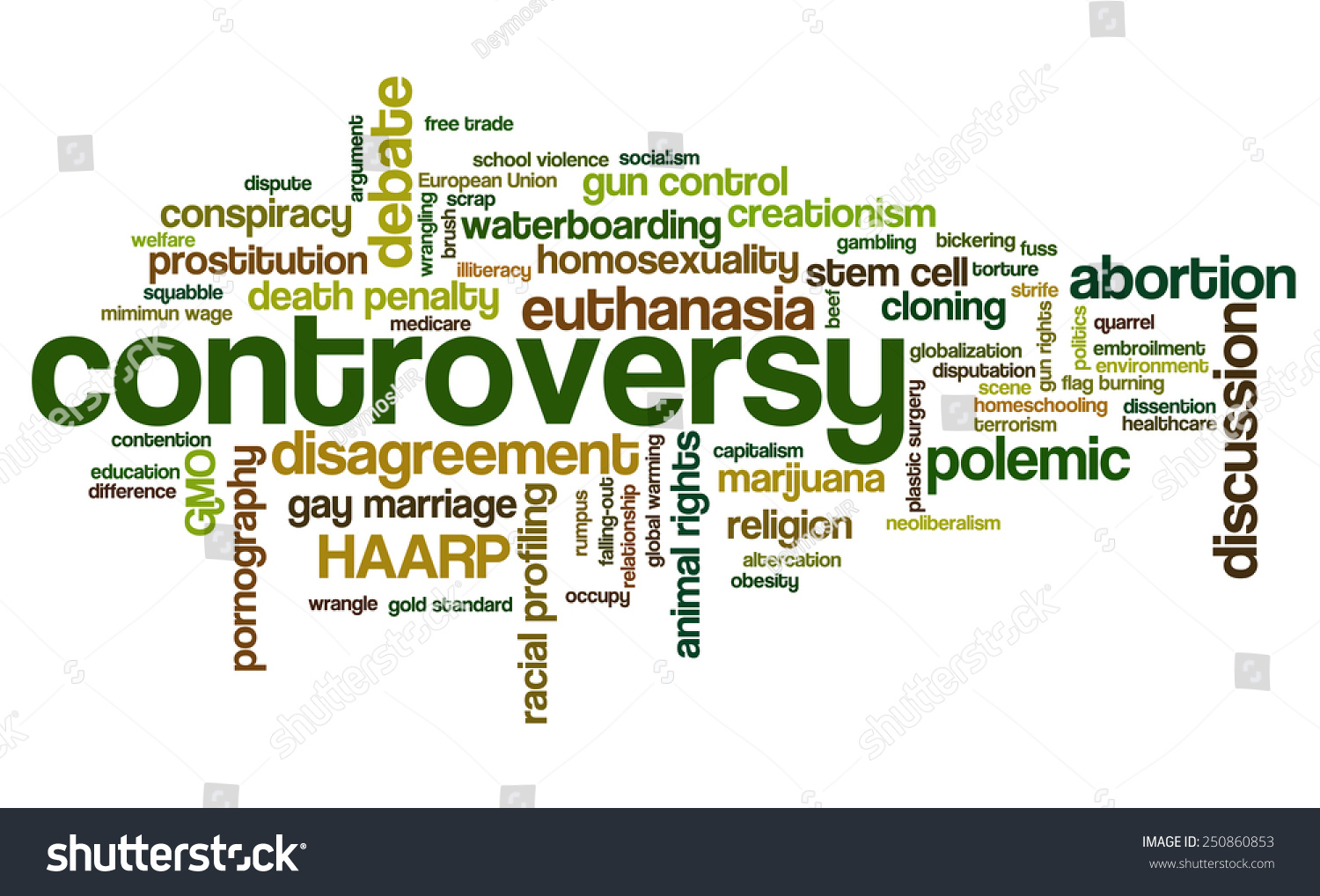The Ultimate Point of View Guide: Third Person Omniscient.
The third person omniscient point of view is the most open and flexible POV available to writers. As the name implies, an omniscient narrator is all-seeing and all-knowing. While the narration outside of any one character, the narrator may occasionally access the consciousness of a few or many different characters.Writing in third-person omniscient allows a writer to try on many different character voices and perspectives that would otherwise be limited in other points of view. The cons. Revealing too much, too soon. From his or her god-like vantage point, a third-person omniscient narrator tells the story as a historian would—someone who knows how the.Third person limited differs from omniscient third person because the narrator is an active participant. Although the pronouns may be the same as in omniscient POV, the narrator only knows what a single person or group (the viewpoint narrator or current narrator) knows.
People believe the stories that they connect to, the ones that affirm their view of the world, truth be damnedIn 2012, Jonah Berger and Katherine Milkman, both at the Wharton School of Business at the University of Pennsylvania, analysed 7,000 articles from The New York Times to assess what how to write in third person omniscient made stories go viral.Third person omniscient is a point of view in which the writer masterfully switches from one character’s point of view to another’s. Using this technique allows you to provide information to your readers that they wouldn’t get if you used another point of view technique, because your narrator knows and sees everything and can move from character to character.

Third person omniscient literally means to write with an “ all-knowing ” narrator: one who is aware of the thoughts of any character at any time, and has insight into the complete history of the story’s world. Third person omniscient tells the story through the perspective of an all-knowing narrator.












